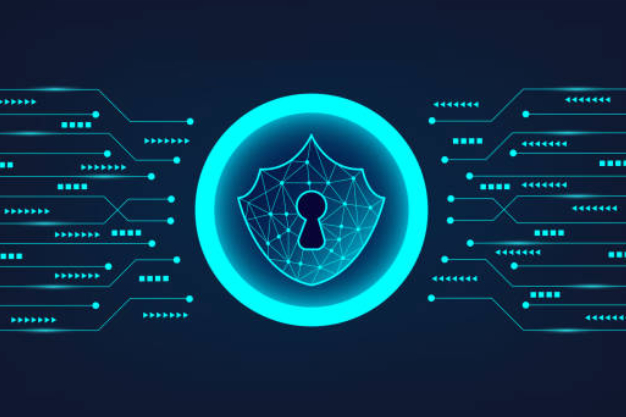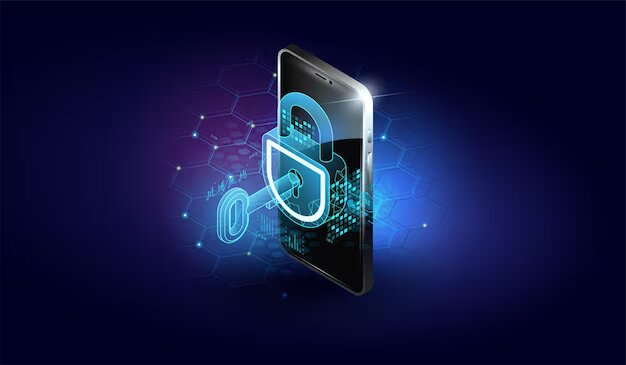In the ever-expanding digital landscape, the intersection of blockchain technology and cybersecurity emerges as a powerful force, ushering in a new era of data protection. Blockchain, originally the backbone of cryptocurrencies, has evolved into a decentralized fortress that promises to revolutionize how we safeguard sensitive information.
The Decentralized Paradigm: A Game-Changer in Cybersecurity
At its core, blockchain operates on a decentralized model, eliminating the need for a central authority. This inherent characteristic makes it a potent ally in the fight against cyber threats. Traditional databases are vulnerable to hacking, as a single breach could compromise the entire system. In contrast, blockchain’s decentralized ledger distributes information across a network of nodes, making it an immensely secure and tamper-resistant architecture.
Immutable Security: The Strength of Blockchain
The immutability of blockchain records is another pivotal aspect of its cybersecurity prowess. Once data is recorded in a block and added to the chain, it becomes practically impossible to alter retroactively. This tamper-proof nature ensures the integrity of stored information, providing an extra layer of defense against malicious activities.
Smart Contracts and Enhanced Security Measures
Blockchain introduces smart contracts, self-executing contracts with coded terms. This innovation automates processes and enforces agreements without intermediaries, reducing the risk of fraud. Such advancements elevate cybersecurity protocols, reinforcing trust in digital transactions.
Looking Ahead: A Decentralized Shield for the Digital Age
As we navigate the complexities of an interconnected world, the marriage of blockchain and cybersecurity signifies a paradigm shift in data protection. Embracing decentralized technologies not only fortifies our digital fortresses against cyber threats but also paves the way for a more secure and transparent digital future. In the relentless pursuit of a cyber-resilient world, blockchain emerges as a beacon of hope, safeguarding our data in a decentralized embrace.




